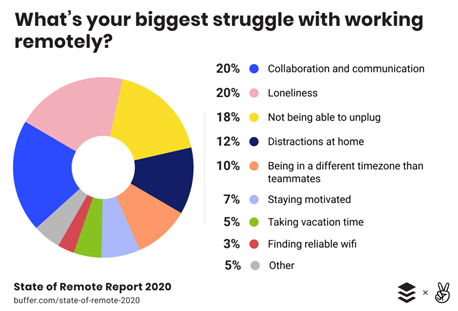Behind every stay: How helpful is the influence of managers on employee retention
Let’s state the obvious. The world of work has undergone a massive transformation globally in recent years. Traditional office-based work models are no longer the standard norm As businesses transition to hybrid work models, the influence of managers on employee retention is even more critical.
Before delving into more detail on the importance of direct managers, let’s first define what we mean by this term. A direct manager is responsible for supervising and managing a group of employees. They are often the main point of contact for employees when issues arise and play a crucial role in ensuring each employee they are managing is working to their full potential.
What are the factors behind the influence of managers on employee retention?
Bridging the gap: One of the key reasons these managers are so crucial is their ability to bridge the gap between employees and the organisation. This role becomes even more essential in a hybrid work environment where maintaining effective communication is vital. They ensure that employees understand the organisation’s goals and objectives, and role and purpose within the company. Regular feedback and support from these managers help employees feel engaged and connected to their work.
Well-being: Direct managers also play a vital role in supporting employee well-being. New ways of working do not remove the legal responsibilities of employers to pay attention to workplace health and safety. Managers are well-positioned to identify when employees are struggling with their workload or experiencing increased stress. They can offer support and guidance, such as providing access to mental health resources or adjusting an employee’s workload.
Team morale: Maintaining team morale is also critical to retention. Direct managers can provide opportunities for team building and socialising. Regular team meetings, social events, and other initiatives help create a sense of community and belonging, boosting morale and productivity.
Development and growth: Encouraging employee development and growth is also essential. Only some people can work from home. Also, some recent studies tell us that those working away from the office can become less visible and may be overlooked for new projects or promotions. Direct managers can overcome the perils of “out of sight, out of mind” and provide:
- tailored training and development opportunities,
- guidance in identifying strengths and weaknesses,
- and direction on advancing careers within the organisation.
This manager role ensures fairness and recognition of course growth for all team members regardless of WFH or not.
The need for organisations to back their managers
However, it’s crucial to recognise that not all direct managers are great managers. Some have been promoted based on tenure and previous success in different roles. Some are simply the last man standing in a team. Research shows that mediocre management is the number one reason people leave companies. Managing people is a complex task, and the complexity is further amplified in a hybrid work environment. Therefore, businesses must provide support and resources to direct managers.
Just as dentists require specialist tools to treat patients, managers need the right tools to lead and support their employees effectively. You may be curious about our range of practical, customised tools to help your managers succeed. As a first step, why not try the assessment yourself here to see what it looks and feels like?

